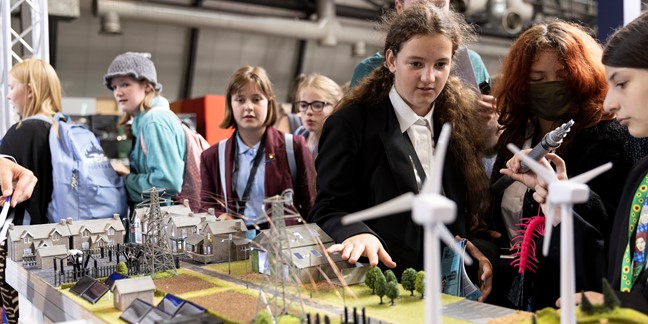Jul 28, 2022

EngineeringUK has published a new research report on ‘Trends in the engineering workforce’. This report explores the overall trends in employment from 2010 to 2021, for both engineering industries and occupations.
In the first section, the report explores the trends over time including by region and occupation group. In the second, the report looks more closely at the characteristics of employees in engineering occupations, by gender, ethnicity, age, country of birth and socioeconomic group.
EngineeringUK’s analysis shows clear changes in the industrial composition of engineering, with a shift away from manufacturing and construction to more service-based industries such as information and communications and professional services. Over the last decade, the composition of the engineering workforce has also become increasingly diverse, though some groups such as women remain significantly underrepresented compared to the wider labour force.
Overall employment trends in engineering industries and occupations
Engineering industries:
- the overall number of employees in the engineering industry was around 6.6 million in 2010, increasing to 7.6 million by 2019 and then seeing a downturn to 6.9 million by 2021
- more than 40% of people working in engineering worked in manufacturing industries and a further 24% worked in construction at the start of this period, equalling around 4.4 million employees. The percentage working in both declined over the decade, as did the number of employees to around 4 million
Engineering occupations:
- employment in engineering occupations (including engineering jobs in non-engineering industries) grew by 8.5% between 2010 and 2021
- between 2018 and 2019, engineering occupations grew by 6.1% before falling back by 10.2% in 2019 and 2021, during the Covid-19 pandemic. In comparison, other occupations grew by 3.7% in the year leading up to Covid-19 before falling by 8.1% between 2019 and 2021
Take a look at the trends in the engineering workforce report.
< Back to News & Views



